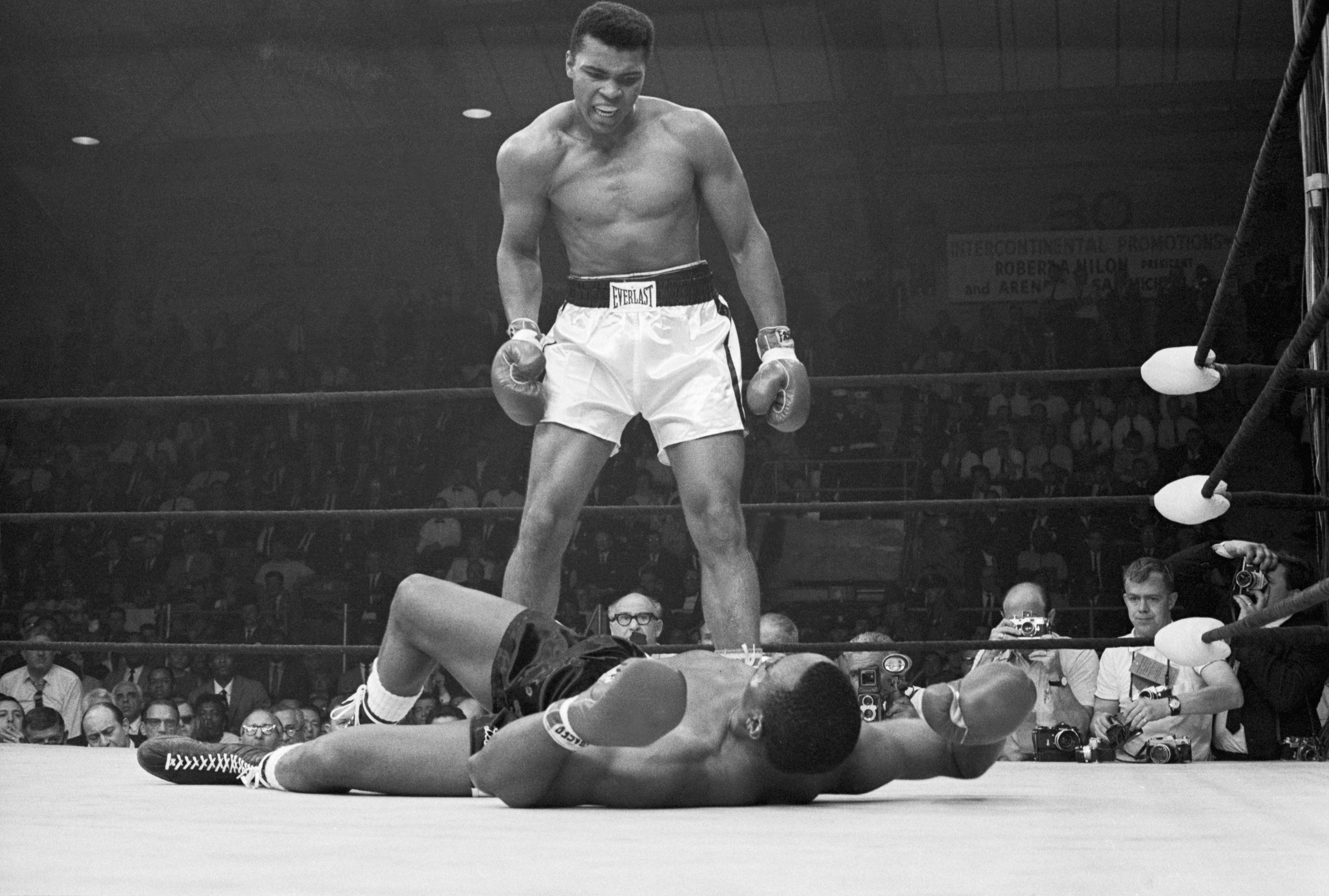Ignore the timestamp! It’s morning o’clock somewhere!
Friday’s questions are here. The answers follow today’s Honor Roll.

Honor Roll
- Alberto Bernabe, Professor, UIC School of Law
- Andy Delaney, Martin Delaney & Ricci
- Benjamin Gould, Paul Frank + Collins
- Robert Grundstein
- Tammy Heffernan, Esq.
- Glenn Jarrett, Jarrett & Luitjens
- Deb Kirchwey, Law Office of Deborah Kirchwey
- Jack McCullough, Project Director, Mental Health Law Project, Vermont Legal Aid
- Hal Miller, Hawaii Agency Underwriting Counsel, First American Title
- Lisa Penpraze, Assistant United States Trustee, Department of Justice
- Nikki Stevens, Firm Administrator, Langrock Sperry & Wool
- Jonathan Teller-Elsberg, Sheehey Furlong & Behm
- The Honorable John Valente, Vermont Superior Judge
- Jason Warfield, J.D.
- Thomas Wilkinson, Jr., Cozen O’Connor
Answers
Question 1
When I’m presenting on the 7 Cs of Legal Ethics, which C am I discussing when I make this statement?
- “Generally, the duty is more relaxed when negotiating with opposing counsel than it is when making statements of material fact or law to a tribunal.”
CANDOR. Compare Rule 4.1 – Truthfulness in Statements to Others and Rule 3.3 – Candor Toward the Tribunal
Question 2
Fill in the blank. I understand that, arguably, each is correct. However, I’m looking for the exact word used in the rule.
Lawyer called me with an inquiry. I listened, then replied “the rule only prohibits you from representing the client at trial if you are a(n) __________ witness.”
- A. Fact.
- B. Expert
- C. Necessary. Rule 3.7 – Lawyer as Witness
- D. Adverse.
Question 3
Each of these four phrases in the same rule. However, the rule treats one differently than the other three. Which phrase does the rule treat differently?
- A. The representation will result in violation of the rules of professional conduct.
- B. The lawyer’s physical or mental condition materially impairs the lawyer’s ability to represent the client.
- C. The lawyer is discharged.
- D. The representation will result in an unreasonable financial burden on the lawyer or has been rendered unreasonably difficult by the client.
In situations A-C, withdrawal is mandatory. In situation D, withdrawal is permissive. See, Rule 1.16 – Declining or Terminating Representation
Question 4
At several seminars this month, I’ve resolved to review Vermont’s rule on “lateral transfers.” In my opinion, the rule unnecessarily inhibits mobility and disproportionately impacts our newer lawyers. What’s the rule on lateral transfers relate to?
- A. Trust account management.
- B. Trust account scams.
- C. Conflicts that arise when a lawyer moves from one private firm to another. See, Rule 1.10 – Imputation of Conflicts of Interest – General Rule
- D. Conflicts that arise when someone other than the client pays for a lawyer to represent the client.
Question 5
On June 17, 1994, a lawyer who would eventually go on to become one of the founders of Legal Zoom held a press conference. The lawyer opened the press conference with a statement intended for the lawyer’s client, saying to the client:
- “Wherever you are, for the sake of your family, for the sake of your children, please surrender immediately.”
Then, the lawyer recounted the events of a day that had begun with the lawyer intending to facilitate the client’s surrender to law enforcement, only to have the client and a friend disappear while the lawyer, the client, and others were waiting for police to arrive.
Finally, the lawyer asked another lawyer, who was also a close friend of the client, to read a letter from the client. Many perceived it to be a suicide letter. In the end, it was not. While you might not remember the lawyer who read the letter, you’re most certainly aware of many of the members of the lawyer’s family. In the 21st century, you can’t help but not to be aware of them.
In 2016’s Emmy Award winning series about the client’s case and eventual trial, the lawyer who began the press conference, the lawyer who read the note, and the client were played by John Travolta, David Schwimmer, and Cuba Gooding, Jr.
Name the lawyers and the client.
Robert Shapiro opened the press conference.
Robert Kardashian read the letter.
O.J. Simpson was the client.
A video of the press conference is here.










